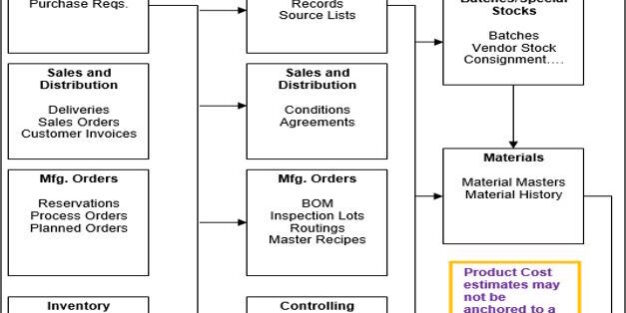Move off the Road to Nowhere with Process Improvement Paired with Data Archiving Practices
By Deanna Mollett, Partner & Director of ILM Services
The question of what to do about master data–particularly material masters–has been a perennial question over the years. It seems to be an emerging hot topic lately as well, when we meet with customers to discuss their biggest SAP challenges. What makes this repeat scenario even more interesting is the fact that each of these customers have a Master Data Management–or MDM–tool functioning. In fact, a lot of attention is given to the quality of their MDM process. However, did you know that these powerful tools and diagnostics don’t necessarily improve your valued customers’ on-line shopping experience? They may not help the user community see less of the master data elements they don’t want to see in daily work. And they may not speed key processes relying on master data, such as BW/BI extracts, material pricing runs, MRP, ATP, etc.!
So, what about archiving material masters, or, as I call it, the “dead end street” of data archiving? A solid starting point is to evaluate the transactional layer for data dependencies to material masters. Transaction and other master data records (bill of materials, or BOMs, as one example) referencing a material master must be handled or identified in one of three ways: 1) Archived, 2) In a business complete state, or 3) Have a deletion flag. One important thing to note–it’s true that material entries in the lower table hierarchy can archive. However, I have found that in most cases this barely makes a dent in reducing the volume of material masters or solving the problems associated with too much obsolete master data.
Understanding the state of transaction data quality, or data quality management/DQM, paired with a functioning and sustained data archiving practice puts the wheels in motion for moving material masters from the database to the archive. I created the following tiered data archiving roadmap from several implementations as a quick reference point. You may find more in your system’s case. If you do, I encourage you to comment below or tweet your own findings to us at @SimplyILM. Let’s keep the knowledge base growing!
As your company takes important steps on the road to HANA, or adapting tools to steward MDM, it’s a great moment to consider the possible impact and consequences of deferring key steps essential to improvements promised by these technologies. Establishing a master data management plan doesn’t guarantee strategic DVM or ILM without a plan to address transactional data quality management through process change management. For help moving your organization in the right direction, count on the expert team at Simply ILM. We’re ready to assist your company objectively and comprehensively analyze data challenges while developing a customized archiving strategy. Contact us or Deanna Mollett at dmollett@simplyilm.com to get things started.






